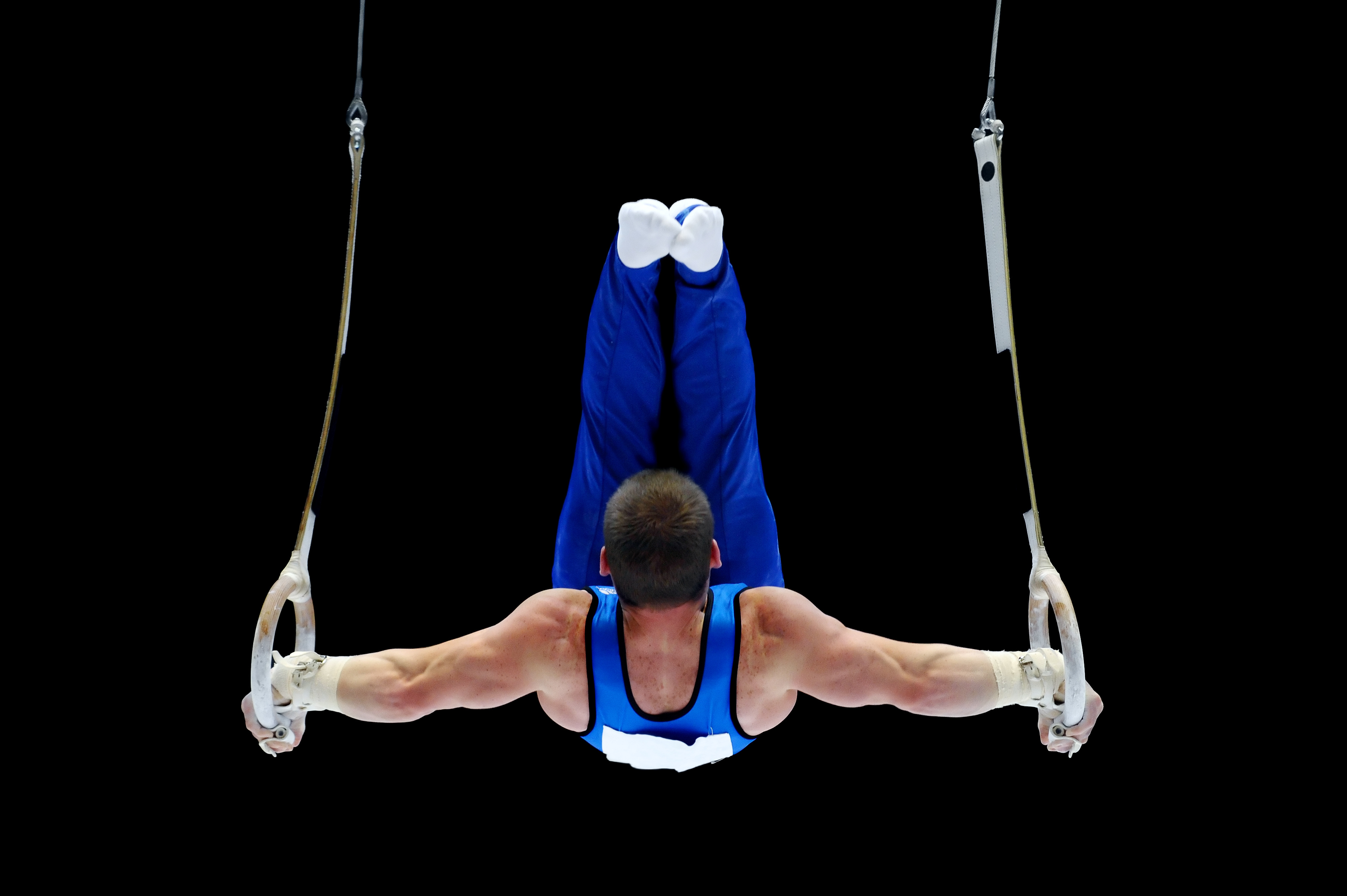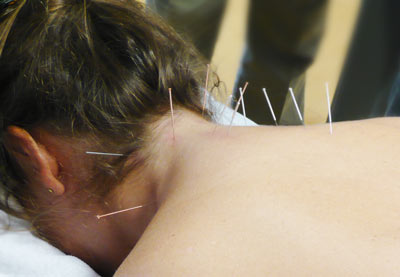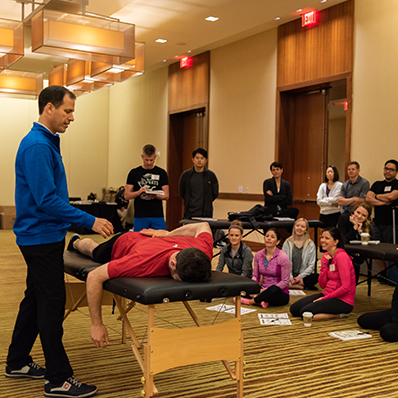Insights on Treating Shoulder Pain in Your Patients
Written by FMS SFMA
Struggling with your shoulder pain patients? Not sure which treatment or special test is best? When should you use exercise or manual therapy…..when should you refer to medical?
Practice guidelines have focused on treatments based on the medical diagnosis only and have fallen short when it comes to consideration of other factors such as thorax and cervical function. Additionally, numerous exercises are suggested but no clear guidance exists to help you focus your treatment approach. So what type of exercise? For which type of patient and who and how should you apply your manual therapy techniques?
Techniques such as shoulder taping and scapular control exercises are popular, but should we apply these for every patient with shoulder pain? How do you decide?
Our new online course will answer these questions. This course covers the current best evidence to exam and treat patients with shoulder pain from a rehabilitation perspective. It is perfect for any rehabilitation professional who treats patients with shoulder pain. The course utilizes a newly developed category system to confirm you have chosen the best treatment approach for the patient in front of you. So rather than a one size fits all approach, this course will teach you how to quickly categorize your patient into one of 3 research-based categories, match the best evidence treatment to your patient today, and progress through a logical impairment and movement-based progression individualized to your patient.
Watch your confusion disappear and your outcomes improve as you classify, treat, progress and discharge your patient’s with shoulder pain following this model.
Here are the three categories to determine initial treatment:

The SFMA is an individualized movement-based process that identifies the most prominent mobility and motor control impairments in your patient. The SFMA Problems List is addressed in priority while keeping in mind your patients shoulder pain category.
This process allows you to treat your patient’s shoulder pain from an evidence-based perspective while addressing major risk factors for musculoskeletal (MSK) health. These can be done simultaneously.
Working with overhead athletes? Baseball Pitchers? This course includes an update on the current best approach to arm care for these athletes and what risk factors can be mitigated to reduce risk of re-injury.

Get started today with Clinical Overview: Functional Movement Systems Approach into the Classification and Management of Patients with Shoulder Pain
Description: This online continuing education course is designed for rehabilitation-oriented healthcare providers who treat patients with shoulder pain and dysfunction. This course will serve to utilize the current best evidence for patients shoulder pain and integrate the regional interdependence model as evaluated through the Selective Functional Movement Assessment (SFMA). The course will cover primary shoulder diagnoses commonly seen in the rehabilitation setting. The course will be based around contemporary classification systems for shoulder pain and will include demonstration of evidenced-based exam items and most common treatment techniques (manual therapy and therapeutic exercise) for each primary condition covered including subacromial impingement, instability, labral lesions, rotator cuff pathology, and adhesive capsulitis relative to the shoulder. Clinical integration of SFMA findings and progressions to appropriate Functional Movement Systems discharge testing along with strategies to manage musculoskeletal health throughout the lifespan will be covered.
References
- Wainner RS, Fritz JM, Irrgang JJ, Boninger ML, Delitto A, Allison S. Reliability and diagnostic accuracy of the clinical examination and patient self-report measures for cervical radiculopathy. Spine. 2003;28(1):52-62.
- Johnson KD, Kim KM, Yu BK, Saliba SA, Grindstaff TL. Reliability of thoracic spine rotation range-of-motion measurements in healthy adults. Journal of athletic training. 2012;47(1):52-60.
- Furness J, Climstein M, Sheppard JM, Abbott A, Hing W. Clinical methods to quantify trunk mobility in an elite male surfing population. Physical therapy in sport : official journal of the Association of Chartered Physiotherapists in Sports Medicine. 2016;19:28-35.
- Furness J, Schram B, Cox AJ, Anderson SL, Keogh J. Reliability and concurrent validity of the iPhone((R)) Compass application to measure thoracic rotation range of motion (ROM) in healthy participants. PeerJ. 2018;6:e4431.
- Feijen S, Kuppens K, Tate A, Baert I, Struyf T, Struyf F. Intra- and interrater reliability of the 'lumbar-locked thoracic rotation test' in competitive swimmers ages 10 through 18 years. Physical therapy in sport : official journal of the Association of Chartered Physiotherapists in Sports Medicine. 2018;32:140-144.
- Kelley MJ, Shaffer MA, Kuhn JE, et al. Shoulder pain and mobility deficits: adhesive capsulitis. The Journal of orthopaedic and sports physical therapy. 2013;43(5):A1-31.
- Alqunaee M, Galvin R, Fahey T. Diagnostic accuracy of clinical tests for subacromial impingement syndrome: a systematic review and meta-analysis. Archives of physical medicine and rehabilitation. 2012;93(2):229-236.
- Hegedus EJ, Goode AP, Cook CE, et al. Which physical examination tests provide clinicians with the most value when examining the shoulder? Update of a systematic review with meta-analysis of individual tests. British journal of sports medicine. 2012;46(14):964-978.
- Michener LA, Walsworth MK, Doukas WC, Murphy KP. Reliability and diagnostic accuracy of 5 physical examination tests and combination of tests for subacromial impingement. Archives of physical medicine and rehabilitation. 2009;90(11):1898-1903.
- Park HB, Yokota A, Gill HS, El Rassi G, McFarland EG. Diagnostic accuracy of clinical tests for the different degrees of subacromial impingement syndrome. J Bone Joint Surg Am. 2005;87(7):1446-1455.
- Reinold MM, Wilk KE, Fleisig GS, et al. Electromyographic analysis of the rotator cuff and deltoid musculature during common shoulder external rotation exercises. The Journal of orthopaedic and sports physical therapy. 2004;34(7):385-394.
- Kuhn JE, Helmer TT, Dunn WR, Throckmorton VT. Development and reliability testing of the frequency, etiology, direction, and severity (FEDS) system for classifying glenohumeral instability. Journal of shoulder and elbow surgery. 2011;20(4):548-556.
- Kuhn JE. A new classification system for shoulder instability. British journal of sports medicine. 2010;44(5):341-346.
- Hettrich CM, Cronin KJ, Raynor MB, et al. Epidemiology of the Frequency, Etiology, Direction, and Severity (FEDS) system for classifying glenohumeral instability. Journal of shoulder and elbow surgery. 2019;28(1):95-101.
- van Kampen DA, van den Berg T, van der Woude HJ, et al. The diagnostic value of the combination of patient characteristics, history, and clinical shoulder tests for the diagnosis of rotator cuff tear. J Orthop Surg Res. 2014;9:70.
- Nakagawa S, Yoneda M, Hayashida K, Obata M, Fukushima S, Miyazaki Y. Forced shoulder abduction and elbow flexion test: a new simple clinical test to detect superior labral injury in the throwing shoulder. Arthroscopy : the journal of arthroscopic & related surgery : official publication of the Arthroscopy Association of North America and the International Arthroscopy Association. 2005;21(11):1290-1295.
- Kim SH, Ha KI, Ahn JH, Kim SH, Choi HJ. Biceps load test II: A clinical test for SLAP lesions of the shoulder. Arthroscopy : the journal of arthroscopic & related surgery : official publication of the Arthroscopy Association of North America and the International Arthroscopy Association. 2001;17(2):160-164.
- Kibler WB, O'Driscoll S. Dynamic labral shear test in diagnosis of SLAP lesions: letter to the editor. The American journal of sports medicine. 2013;41(7):Np36-37.
- Bennett WF. Specificity of the Speed's test: arthroscopic technique for evaluating the biceps tendon at the level of the bicipital groove. Arthroscopy : the journal of arthroscopic & related surgery : official publication of the Arthroscopy Association of North America and the International Arthroscopy Association. 1998;14(8):789-796.
- Guanche CA, Jones DC. Clinical testing for tears of the glenoid labrum. Arthroscopy : the journal of arthroscopic & related surgery : official publication of the Arthroscopy Association of North America and the International Arthroscopy Association. 2003;19(5):517-523.
- Makhni EC, Morrow ZS, Luchetti TJ, et al. Arm Pain in Youth Baseball Players: A Survey of Healthy Players. The American journal of sports medicine. 2014;43(1):41-46.
- Erickson BJ, Nwachukwu BU, Rosas S, et al. Trends in Medial Ulnar Collateral Ligament Reconstruction in the United States: A Retrospective Review of a Large Private-Payer Database From 2007 to 2011. The American journal of sports medicine. 2015;43(7):1770-1774.
- Shanley E, Rauh MJ, Michener LA, Ellenbecker TS. Incidence of injuries in high school softball and baseball players. Journal of athletic training. 2011;46(6):648-654.
- Ben Kibler W, Sciascia A. Kinetic chain contributions to elbow function and dysfunction in sports. Clinics in sports medicine. 2004;23(4):545-552, viii.
- Sakata J, Nakamura E, Suzuki T, et al. Throwing Injuries in Youth Baseball Players: Can a Prevention Program Help? A Randomized Controlled Trial. The American journal of sports medicine. 2019:363546519861378.
Related Resources
-
What exactly is Dry Needling?
Posted by Gray Cook
-
What To Expect in SFMA Level 1 & 2
Posted by FMS





